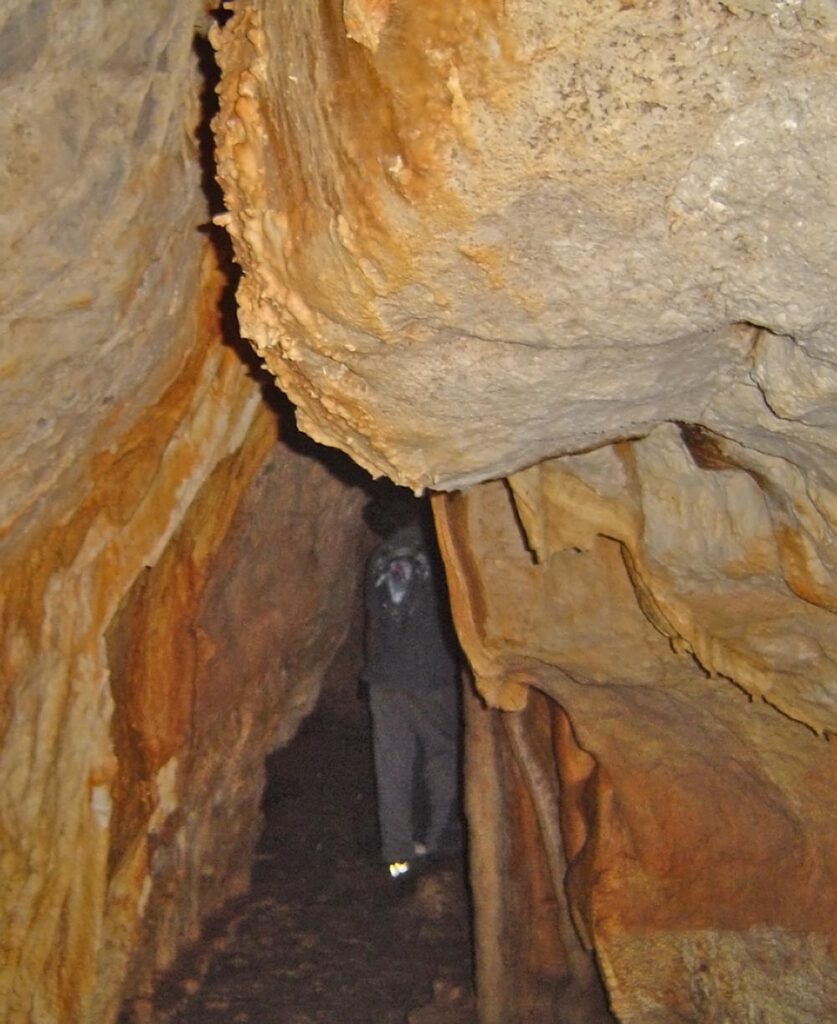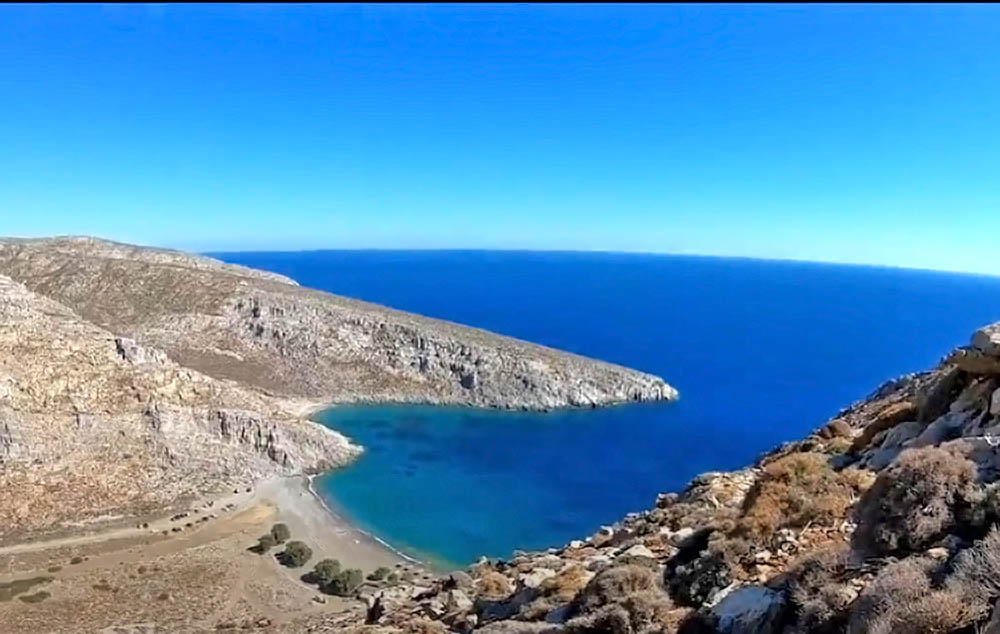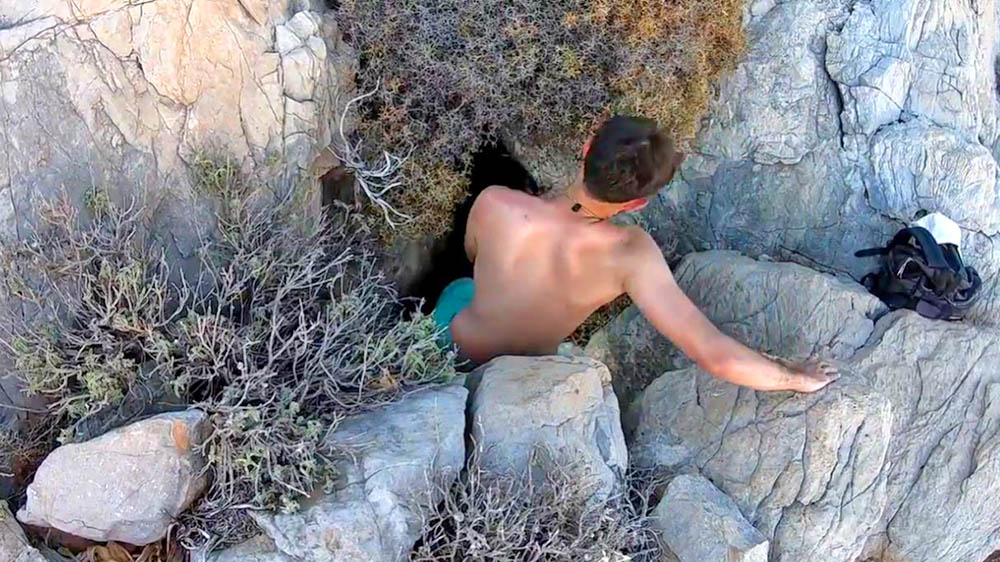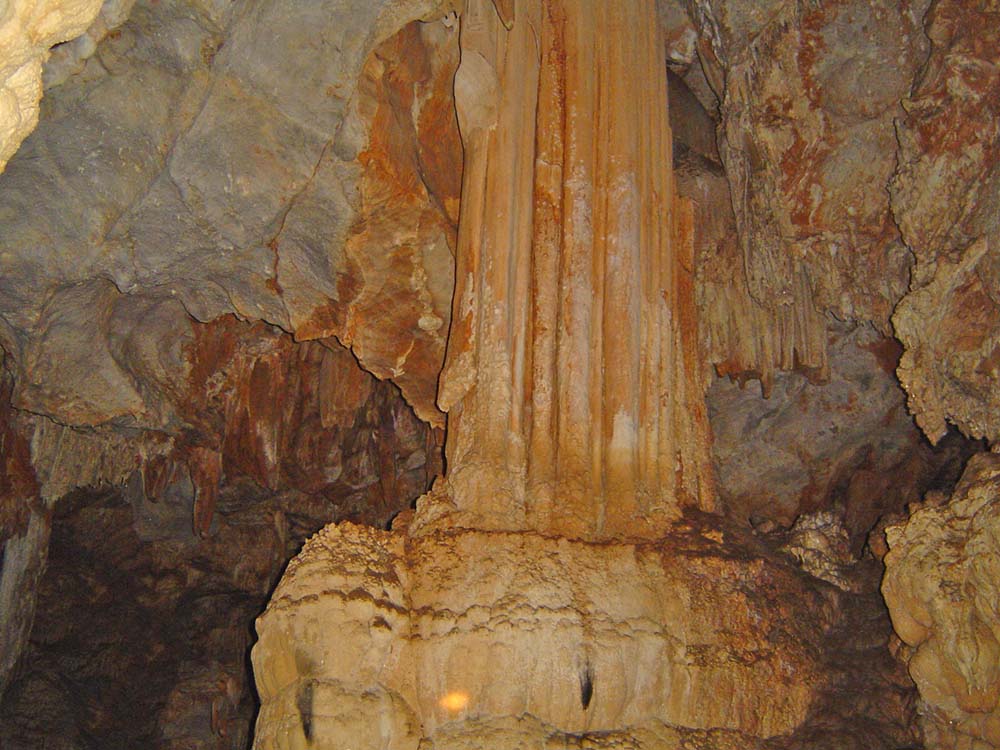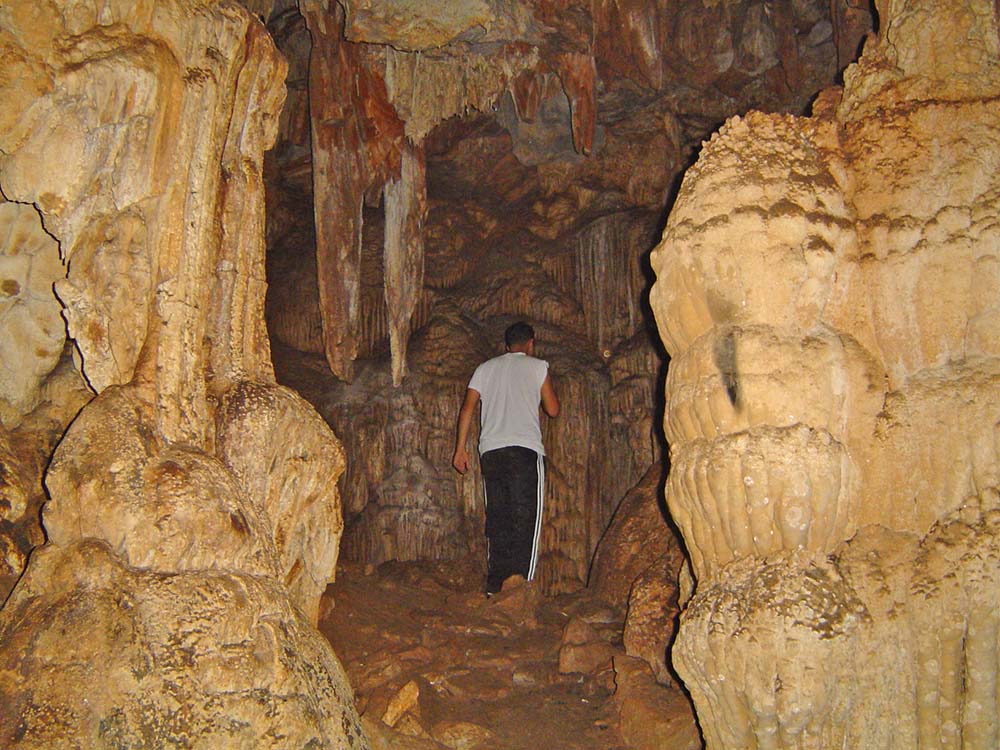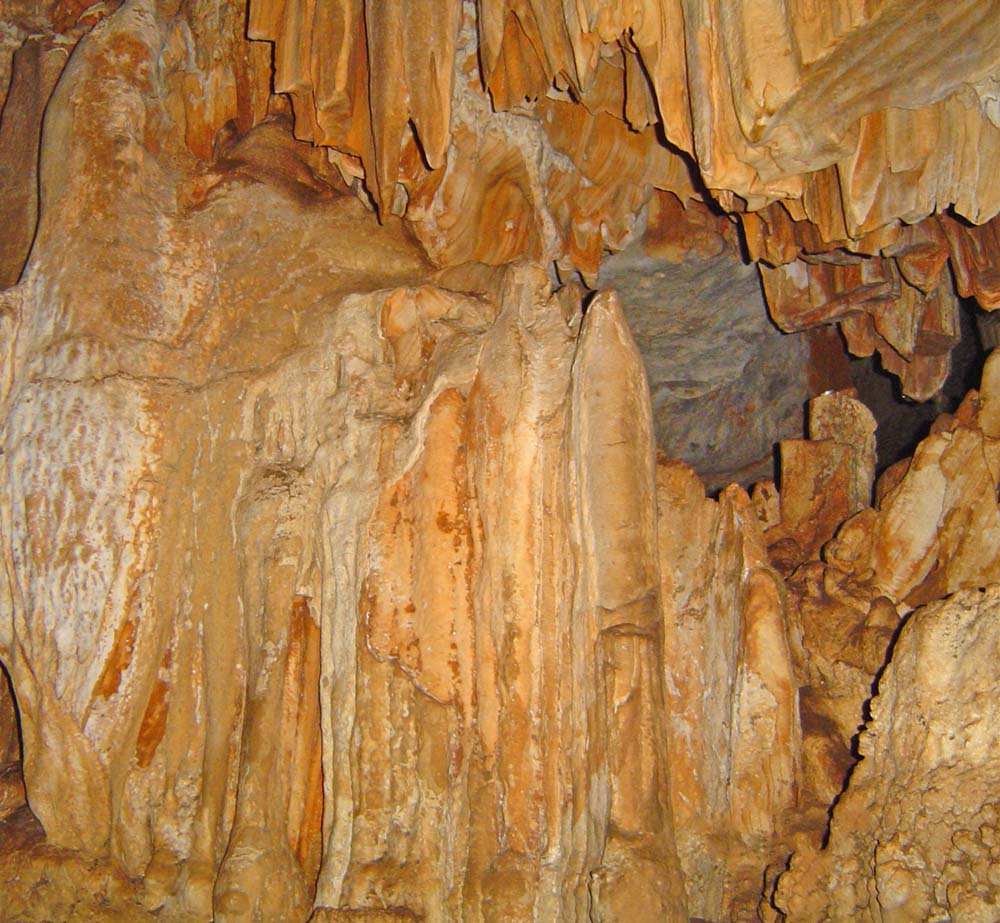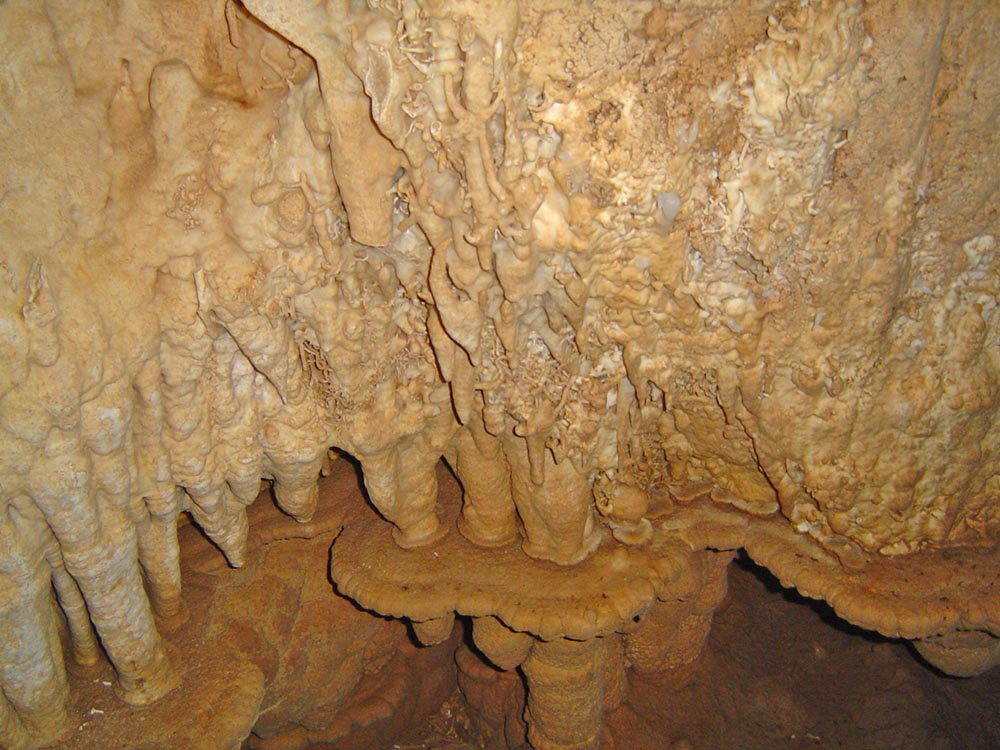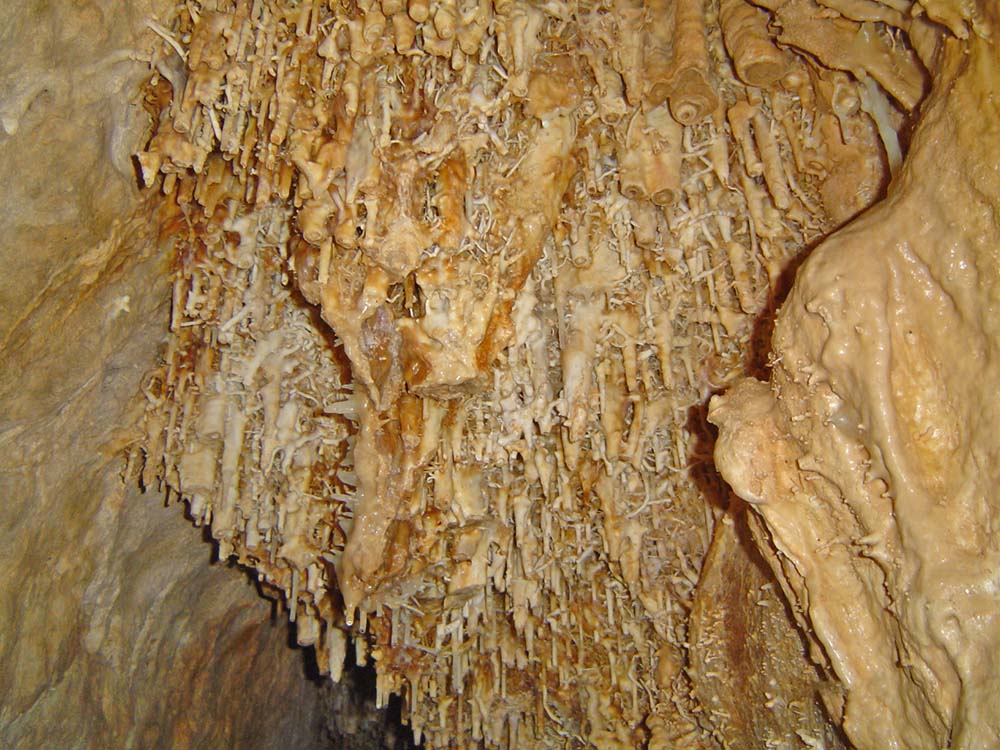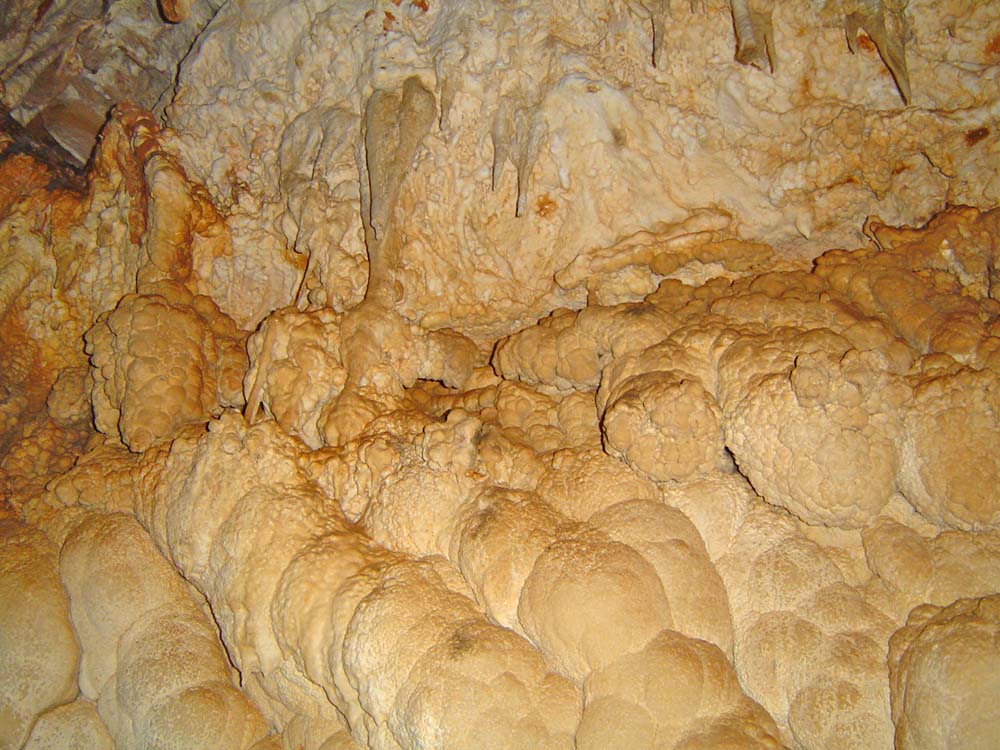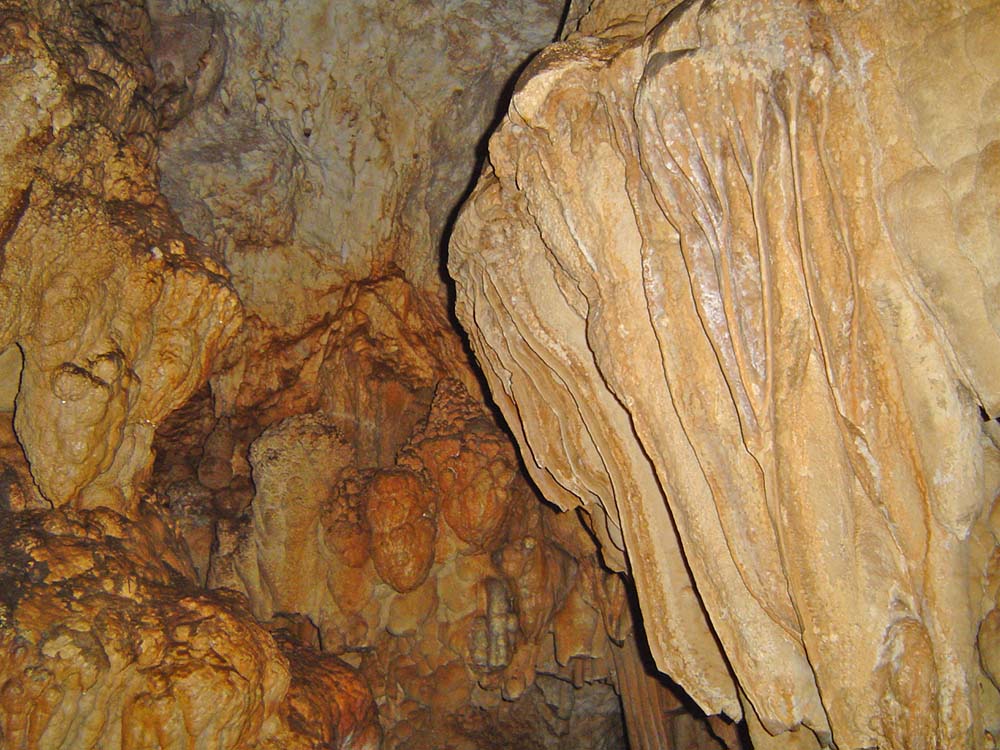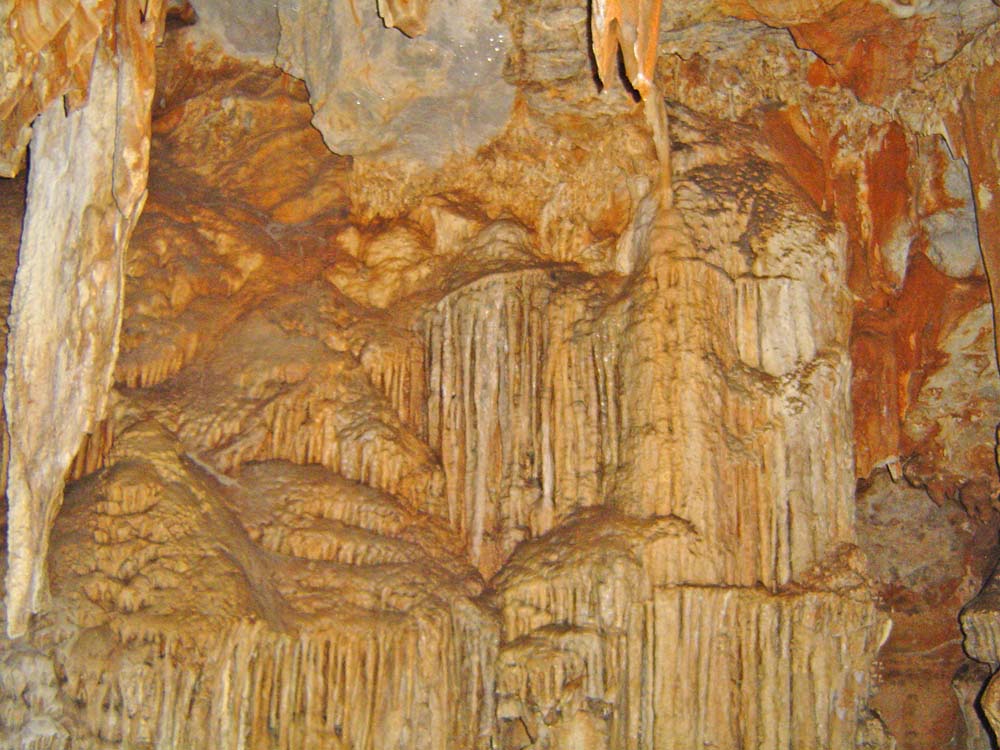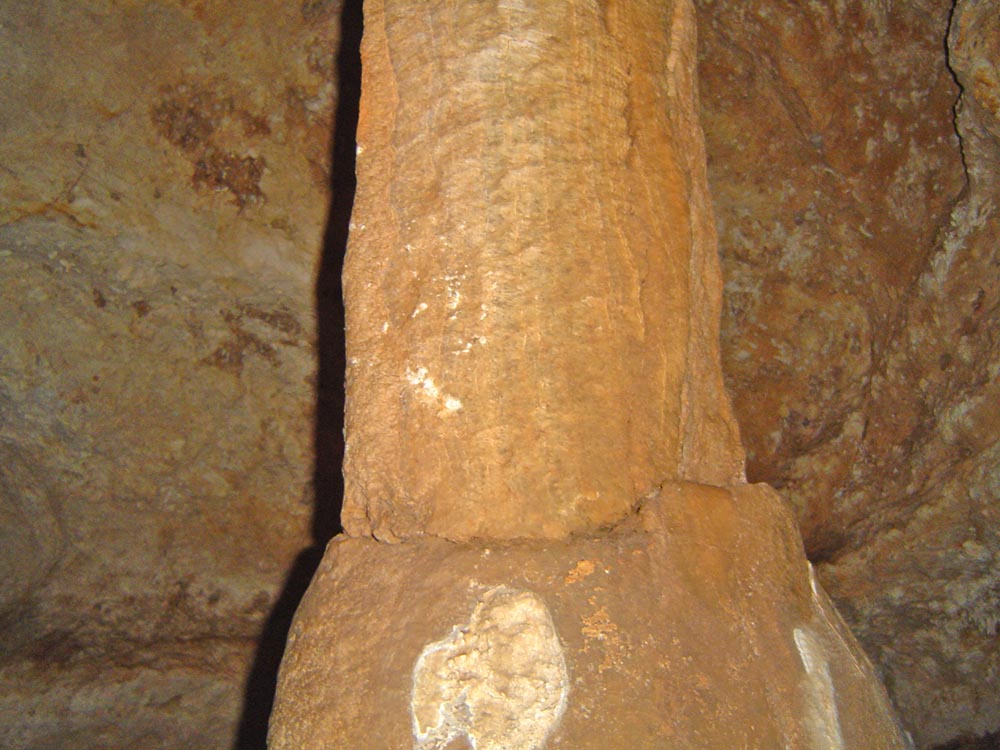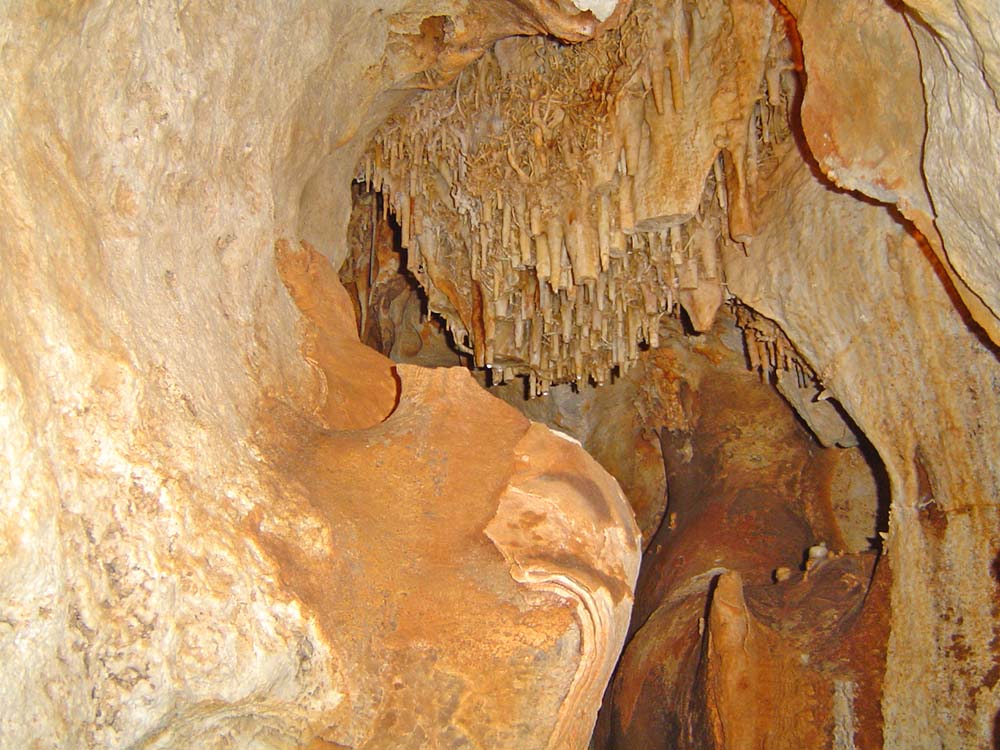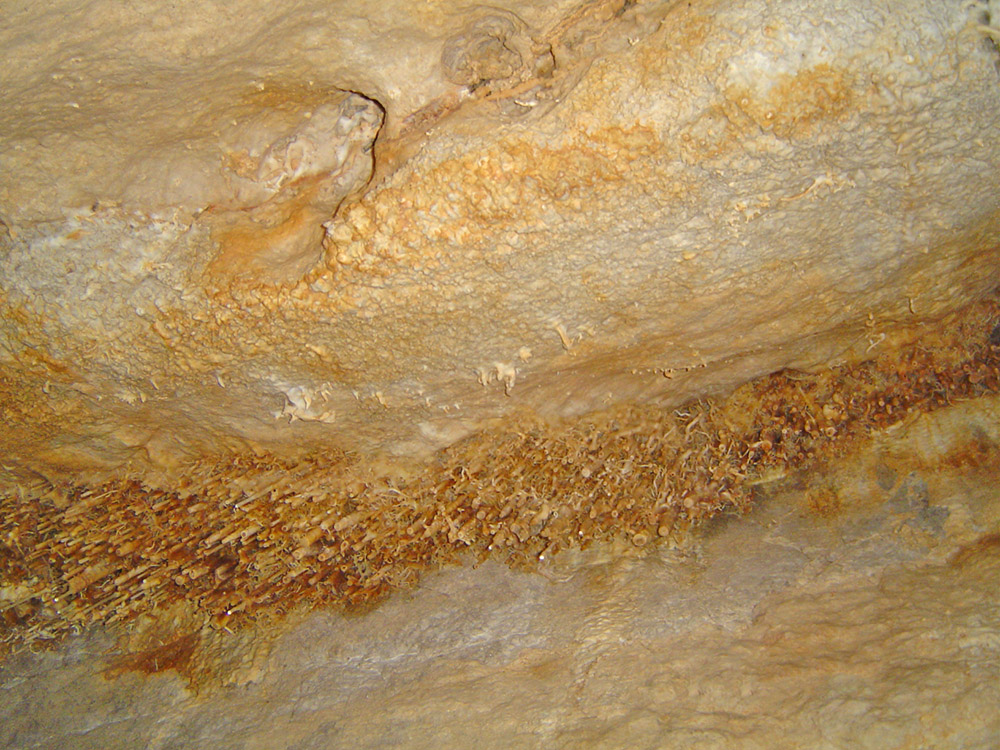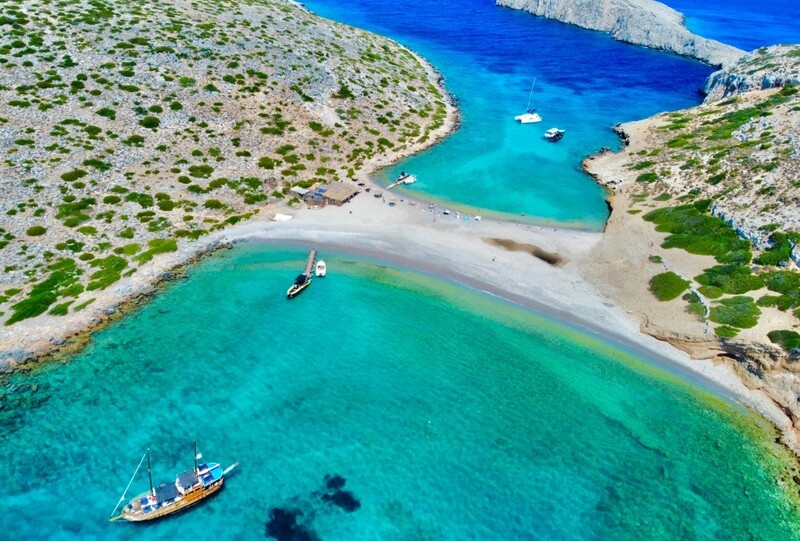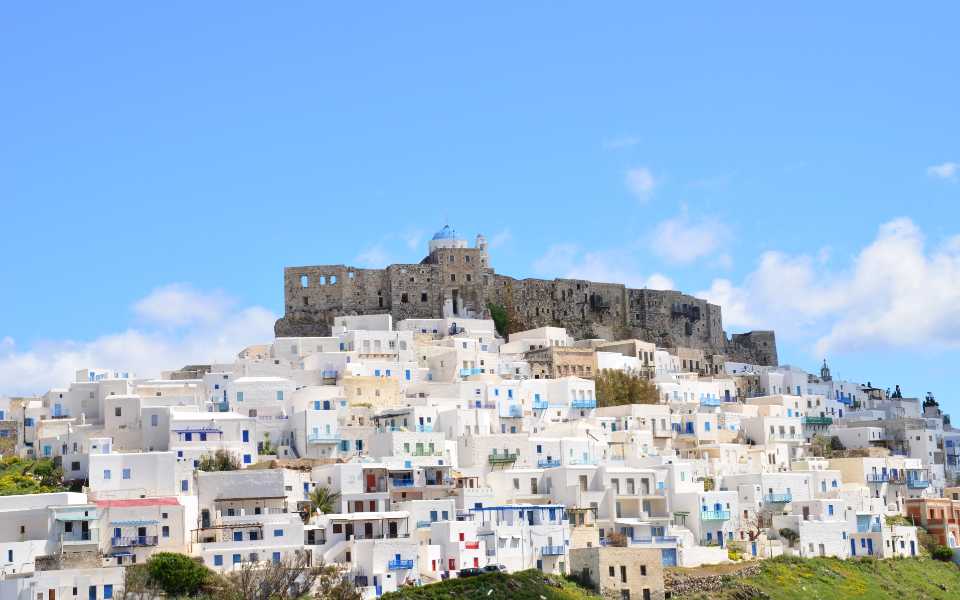
Negro’s Cave: Explore the “Pirates’ Refuge” in Vatses
Every summer, thousands of visitors make their way to Vatses Beach in the southwest of Astypalaia to enjoy its deep blue waters, wild beauty, and perhaps a few beers at the beach bar as the sun sets. Very few, however, know that just a few dozen meters above the beach lies Negro’s Cave, a mysterious spot that holds secrets dating back from the Neolithic period to the age of pirates—and even more recent chapters of the island’s history. Of course, even fewer are those who have actually found and explored the cave with the intriguing name.
According to legend, the cave owes its name to an African pirate from the distant past who used it as a hideout for many years between his raids across the Aegean islands. He wasn’t the only one, though. Perfectly concealed in the mountain, with a very narrow entrance, the cave truly was an ideal place not just for hiding, but also for storing anything valuable in safety for long periods. It’s no wonder that locals still tell stories of countless treasures said to have passed through its dark, secretive interior.
A few years ago, archaeologists conducting research in the cave brought to light a significant number of findings, revealing its intensive use from the Neolithic period (7000 – 3500 BC) all the way through the Classical and Hellenistic periods (490–31 BC). A variety of ceramic objects, figurines, oil lamps, and a large number of inscriptions carved into pottery fragments confirm that the “Cave of the Negro” was also used as a sacred site, primarily dedicated to the worship of the Nymphs. Based on archaeological evidence, it appears that the cave also hosted the worship of other deities, such as Pan, Hermes, and Aphrodite.
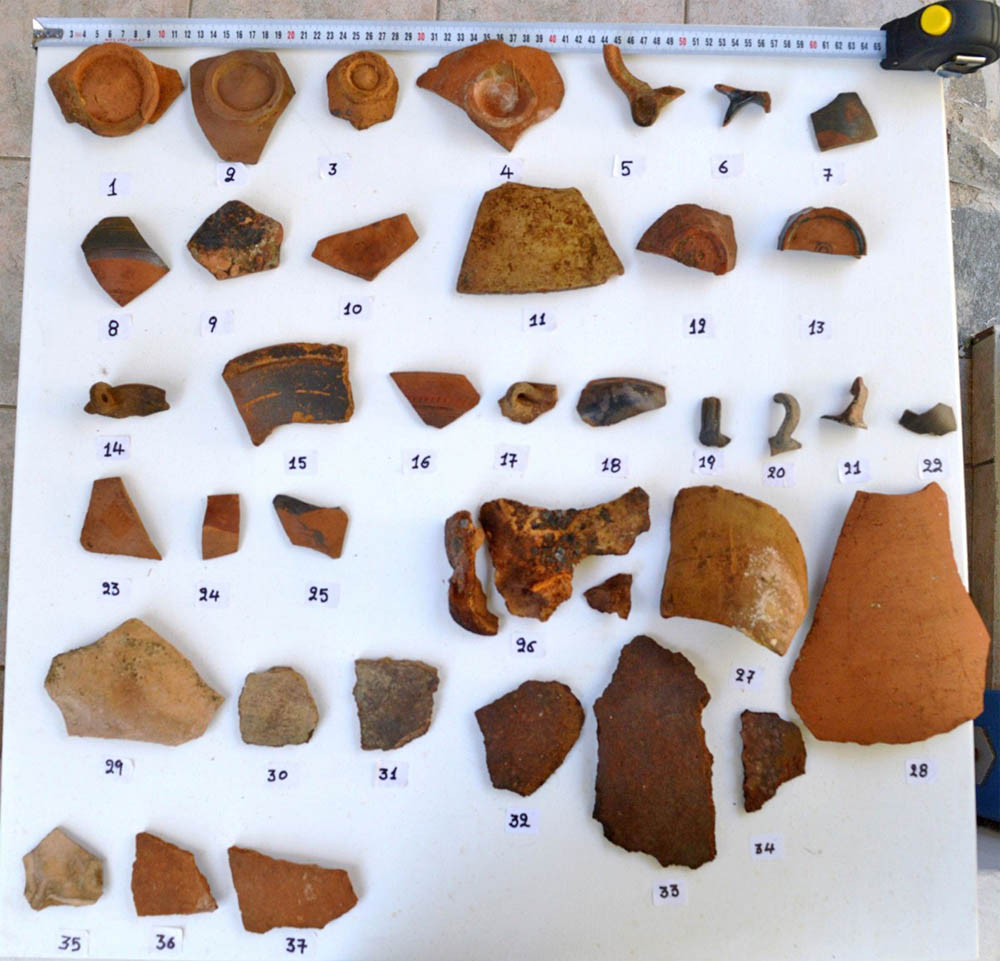
Dozens of ceramic objects, figurines, oil lamps, and more were discovered inside the Cave of the Negro following excavations.
Although many caves across Greece have been extensively studied by experts, the Cave of the Negro in Astypalaia is not among them. It is telling that the objects mentioned above—discovered in 2015 by members of the Ephorate of Paleoanthropology and Speleology along with officers from the Department of Cultural Heritage and Antiquities of the Attica Security Directorate—initially came to light due to illegal excavations carried out by unknown antiquities smugglers inside the cave!
As it turns out, the cave continues to attract attention to this day for many different reasons. Some are drawn by the desire to deepen the research into its long and rich history, others visit Astypalaia eager to witness firsthand such a unique natural wonder—and fortunately, only a few have motives that cross the line into illegality.
In the summer of 2020, however, two true nature and adventure lovers decided to take a break from lounging on Vatses Beach. Leaving their group behind, Nikos and Thodoris Kyrkos set off in search of something more than just a typical summer vacation on Astypalaia. Their goal? To locate and explore the legendary “Cave of the Negro,” a site they had heard so much about during their stay on the island.
Their effort resulted in an impressive video tour of the cave’s mysterious interior—offering us today a rare glimpse into this hidden gem. Watch and enjoy below:

The challenging exit from the cave / photo credit: Nikolaos Kyrkos
The truth is that this is by no means a cave that just anyone can visit casually before or after a swim in the sea. This unique natural attraction of Astypalaia is located at a relatively high altitude, quite difficult to spot on the mountainside, and above all, dangerous if you don’t have at least a basic understanding of speleology. Therefore, as impressive as it may appear to aspiring tourist “explorers” through videos and photos, it is absolutely essential not to attempt such an adventure alone just for a thrill! There are a few people on the island who know the cave well, are experienced in nature exploration, and might be able to offer you such an experience safely.
Text – Photos: Nikolakis Antonis
Video credits: Nikolaos Kyrkos

